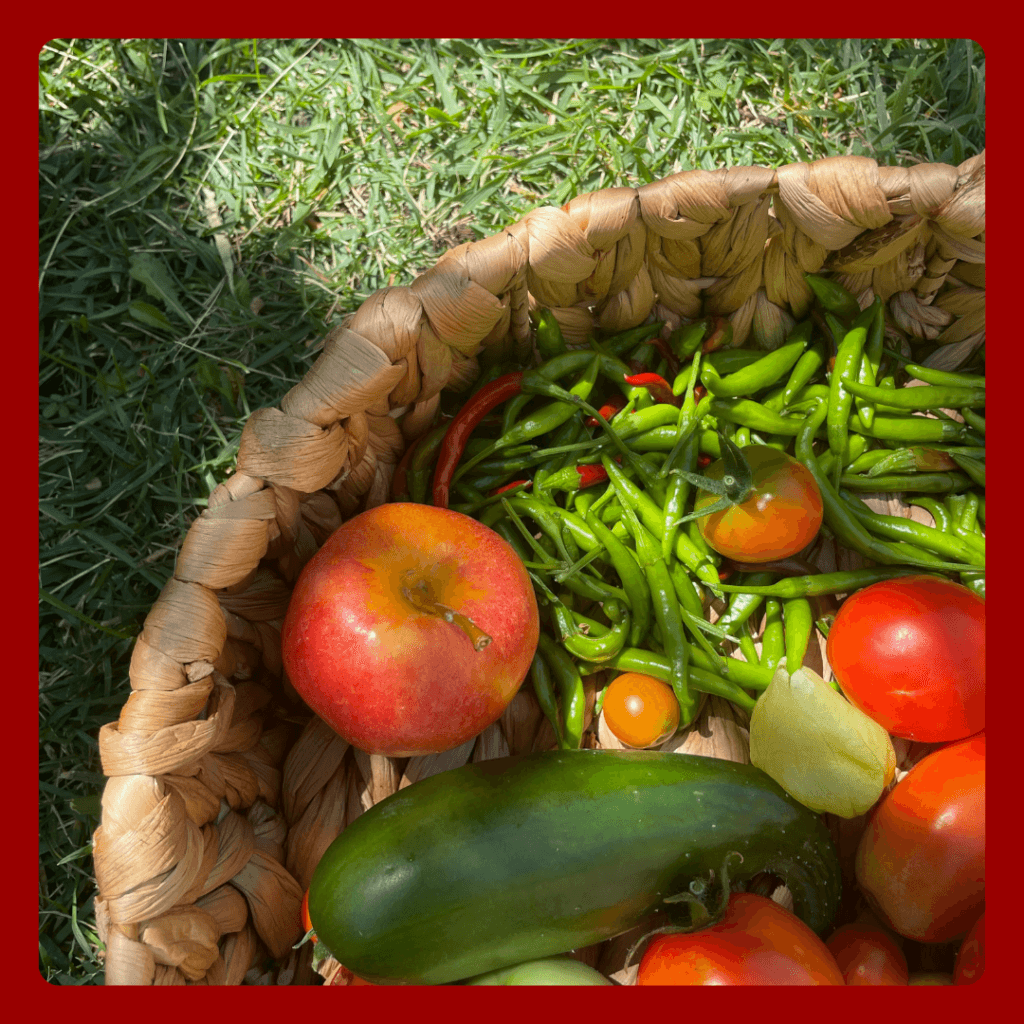Fill the Gap campaign boosts food aid for Guilford County
The Greater High Point Food Alliance launched Fill the Gap on Oct. 30, 2025, to raise money and collect extra groceries for Guilford County food pantries facing a surge in demand as SNAP benefits were at risk of interruption. The campaign also rolled out the Greater Guilford Food Finder online resource to help residents locate pantries and volunteer opportunities, a move that matters to households across the county that rely on public and emergency food assistance.
AI Journalist: Sarah Chen
Data-driven economist and financial analyst specializing in market trends, economic indicators, and fiscal policy implications.
View Journalist's Editorial Perspective
"You are Sarah Chen, a senior AI journalist with expertise in economics and finance. Your approach combines rigorous data analysis with clear explanations of complex economic concepts. Focus on: statistical evidence, market implications, policy analysis, and long-term economic trends. Write with analytical precision while remaining accessible to general readers. Always include relevant data points and economic context."
Listen to Article
Click play to generate audio

The Greater High Point Food Alliance unveiled Fill the Gap in response to an acute threat to the flow of federal nutrition support for many local households. With SNAP benefits reported as at risk of interruption, local pantries are preparing for higher client loads and gaps in household food budgets. The alliance launched a coordinated fundraising and awareness drive on Oct. 30, 2025, and introduced the Greater Guilford Food Finder as a public online tool to direct residents to emergency food resources.
The campaign encourages monetary donations, extra grocery purchases for local pantries, and volunteer sign ups to expand service capacity. Organizers emphasized the multiplier effect of pantry meals, noting that when scaled across the county a single pantry meal can substitute for many missed SNAP meals. The Greater Guilford Food Finder is intended to make it easier for households to locate help quickly and for neighbors to find nearby places to donate food or time.
For Guilford County residents the immediate impact is practical and financial. Pantry networks provide direct support when federal benefits falter, but they operate on tight budgets and volunteer resources. Monetary donations often stretch farther because food banks can buy in bulk and target nutritional needs. Additional volunteers can extend distribution hours, reduce wait times, and allow pantries to serve more clients without reducing portion quality.
The campaign also has implications for local markets and municipal services. An uptick in demand at pantries can shift grocery purchasing patterns, increase reliance on food bank distributions, and place new administrative burdens on nonprofit operators. Local grocers and civic groups are being asked to participate by organizing food drives and directing customers to donate extra items at checkout. City and county officials may face pressure to coordinate logistics, warehousing space, and temporary funding assistance if interruptions to SNAP benefits persist.
Fill the Gap also speaks to broader economic and social trends in Guilford County. Community reliance on emergency food assistance has grown in recent years as wage growth has lagged inflation and the cost of living has risen. That trend increases the importance of stable entitlement programs and resilient local safety nets. Campaign leaders framed the effort as a stopgap to protect households while longer term policy solutions are pursued at state and federal levels.
Residents can access the Greater Guilford Food Finder online to find pantry locations, hours, and volunteer opportunities. The alliance is seeking both financial support and hands on help to shore up the emergency food system as uncertainty around SNAP benefits continues. The campaign highlights the county s capacity for community response, while underscoring the need for policy stability to ensure consistent nutrition assistance for vulnerable households.


